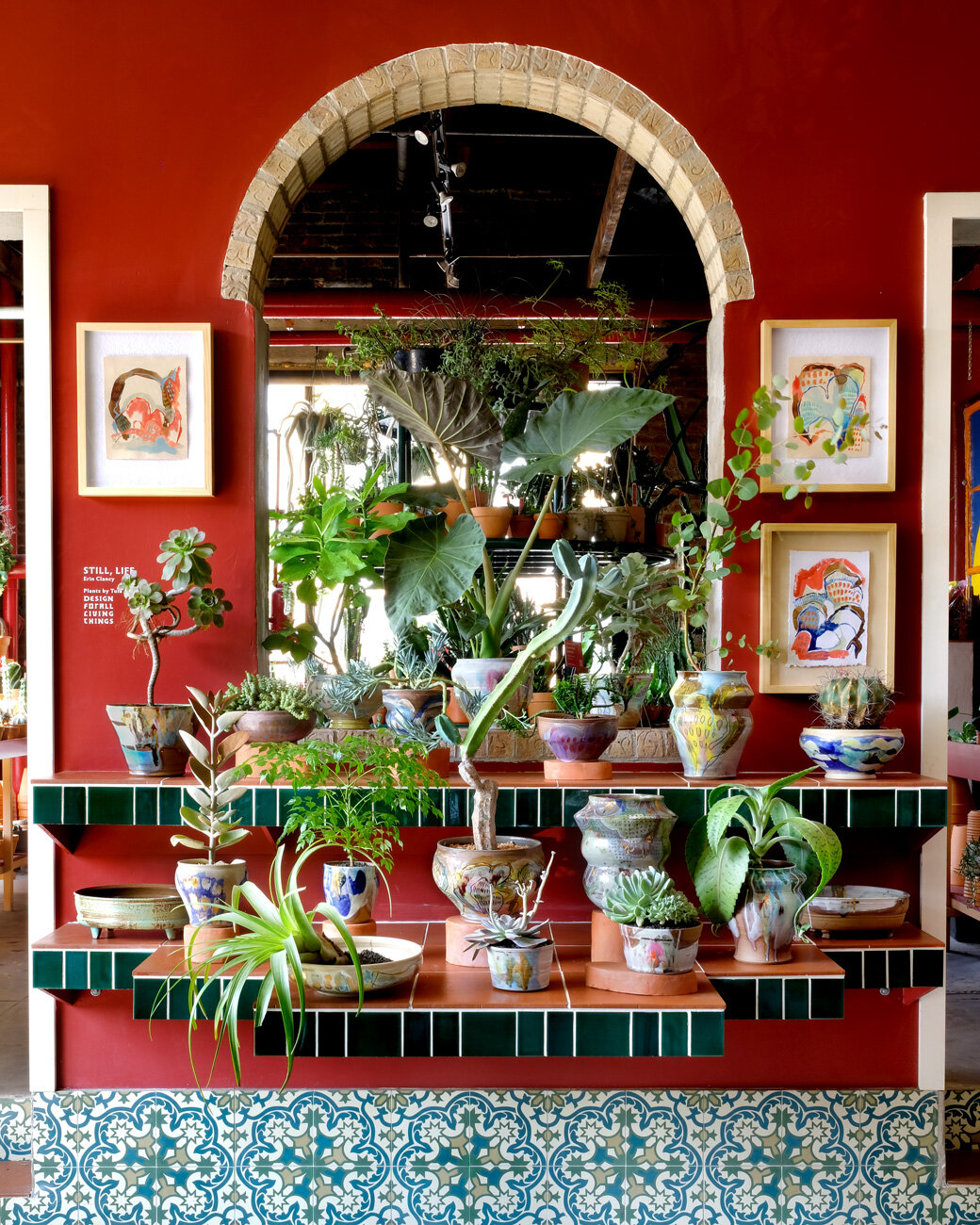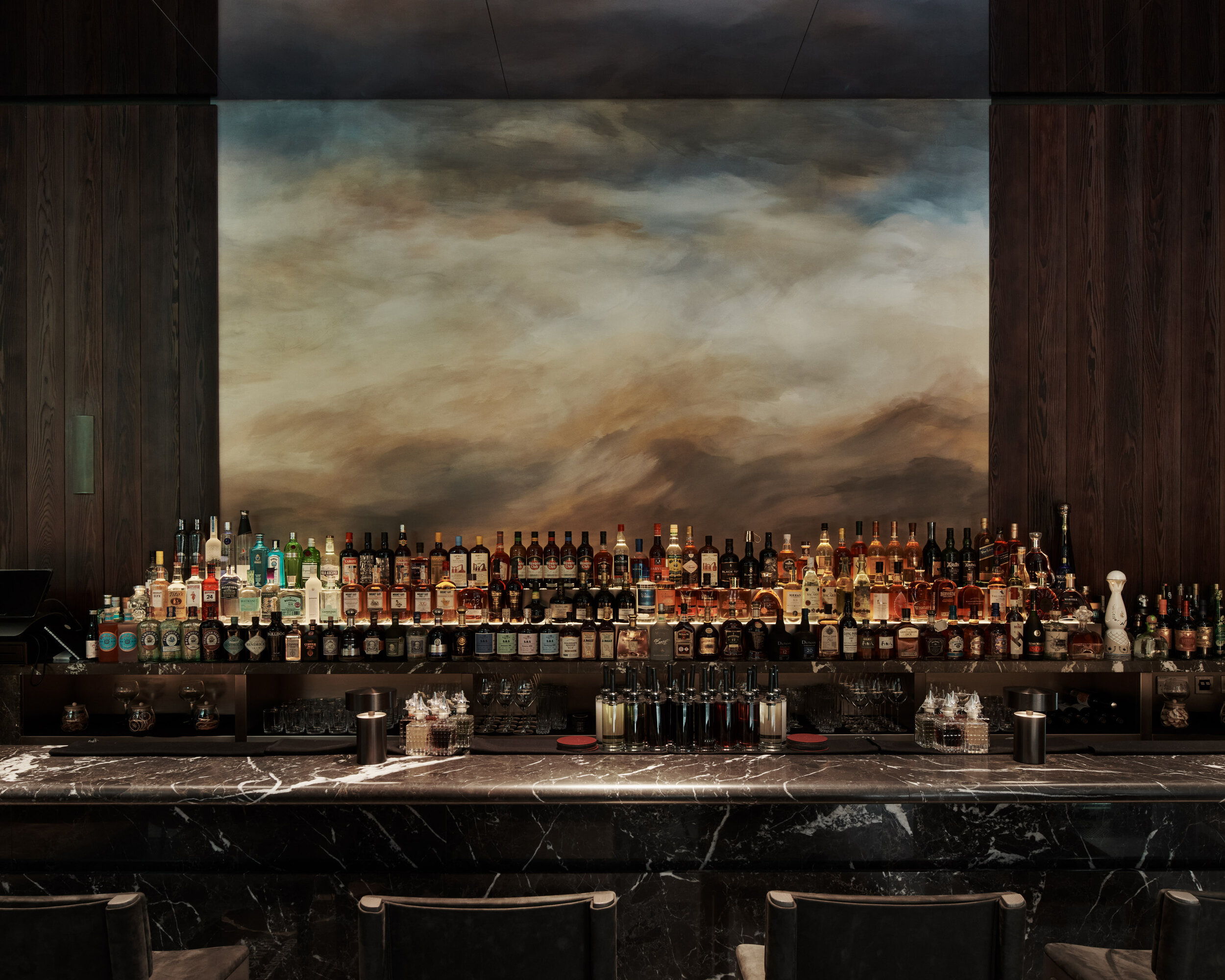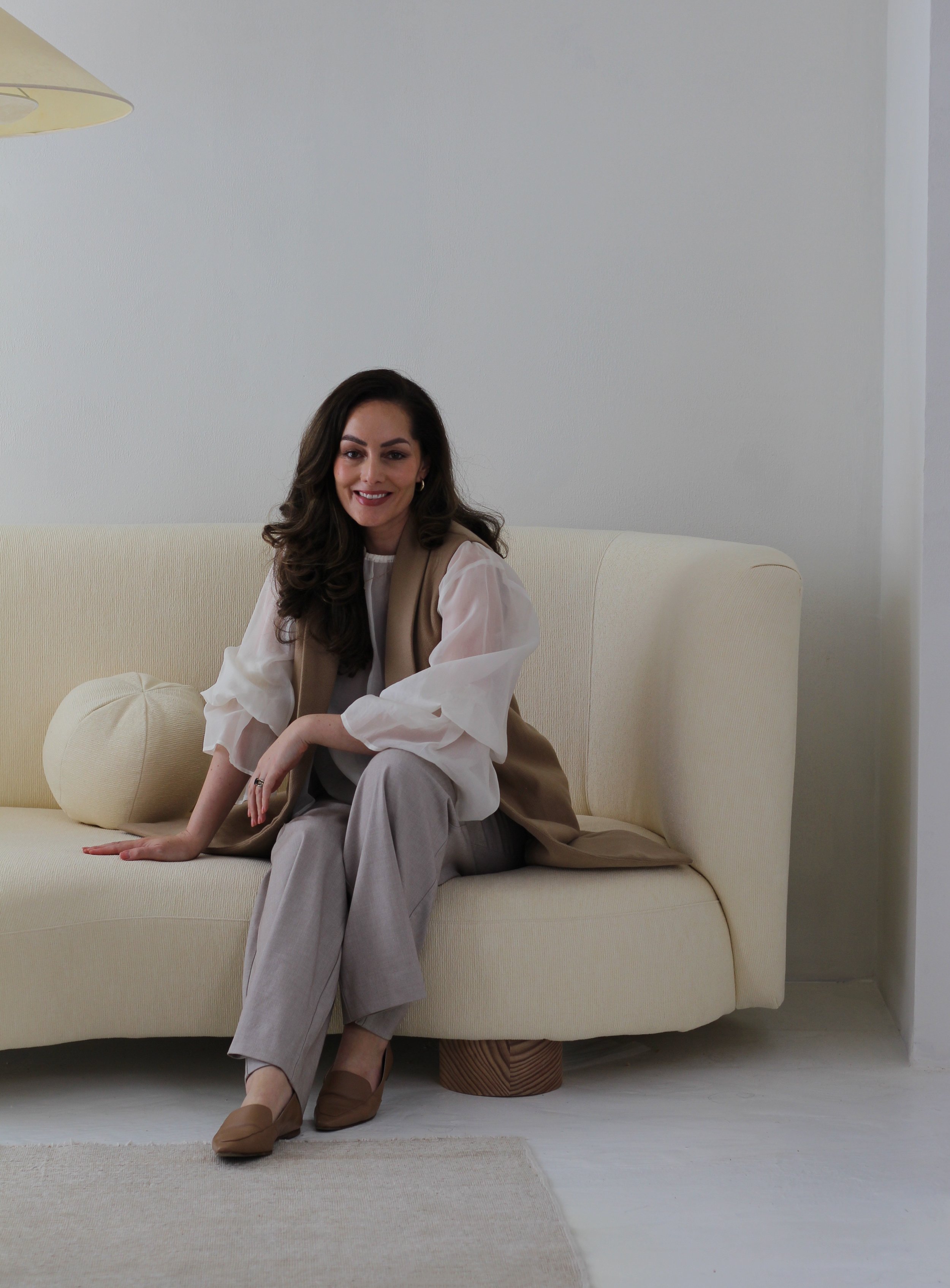ADARBAKAR CERAMICS || Photographer Turned Ceramist Designs Nature-Inspired Collections

Poetic Ceramics.
You will understand this concept once you study the gently curved, imperfect shapes of Adarbakar’s ceramic designs paired with the graceful motion of nature’s creatures imprinted onto each piece. There is something magical about how nature manages to continue its evolution without elaborate processes, set structures, and systems as we have in society. Its harmonious existence is like poetry.
Ima Garmendia, Founder of ceramic studio Adarbakar, has captured nature’s poetry in her pieces. A long-time journalist and photographer turned ceramist, Ima shares how her career has evolved, how she has developed and nurtured her self-taught pottery skills, and how her background in photography differentiates her creations.
P: Pendulum Magazine
I: Ima Garmendia, Founder of Adarbakar
P: Tell us the story of how Adarbakar began. Is there a story behind the name?
I: For some years a friend and I wanted to create a design brand, and I took a weekend pottery course to familiarize myself with the material because I wanted to print my images and designs on clay. I developed a deep passion for the art, but my friend soon left the project and I decided to continue alone in the adventure.
I named the brand ‘Adarbakar’ because it´s a Basque name that means a single horn or a single branch and it was in tune with how I felt at that time, embarking alone on this adventure. It also means unicorn which reminds me of the uniqueness of what I was trying to create by mixing different disciplines.
Ima seeks to capture the perfectly imperfect characteristics of nature in her work
P: When and how did you decide to switch from being a photographer into a ceramist? How long have you been working as a ceramist?
I: My background is in photography. First I was a photojournalist for many years working in newspapers and news agencies in Latin America, and later in India. Since my college years, I was interested in comparative religions and I followed that passion studying and photographing it for years. I remember my life at that time as a continuous adventure. Together with my partner, who is also a photographer, we went on a year-long trip in an old Land Rover to make a documentary that followed the route of the gypsies from India to Spain.
After I had kids I stopped traveling, and I kept working as a lifestyle photographer for magazines and as a studio photographer. I was not excited about this kind of work, and when I discovered ceramics, I felt passionate again with what I was doing. I converted my photo studio into a ceramic studio and for the last 3 years, I´m again crazy about my job working long hours non-stop.
Ceramics has an addictive quality, the act of taking clay, modeling it, and creating something out of nothing is very inspiring, and the whole slowness of the process is an exercise in meditation, creativity, and patience.
Poetry printed onto Akarbakar pieces
P: How does your previous experience as a photographer influence your ceramic art? Is poetry another passion of yours you integrated into your artwork?
I: As I grow older, my gaze has been focused on nature, on the beauty and harmony of its imperfect forms. Fusing photography, poetry, and ceramics I try to capture the ‘perfect imperfection’ that is everywhere in nature and I want to introduce it in people’s homes.
In the beginning, I only created white and black pieces because they were a canvas on which to melt my images and my love for words. Words have always been in all my personal photographic projects, and it was natural for me to include them in ceramics. I have a dear friend who is a poet, Jesús Aguado, and he wrote short poems to put on the tableware. But over time, the shapes and colors have taken on more strength and I don’t always use images and words on my pieces.
Ima’s pieces capture the relaxed flow of nature by leveraging her photography background
P: In addition to the white and black ceramic collections on your website, you also showcase a lot of specially commissioned works, such as the hand made sink featuring swimming fish. What is your design approach to your commissioned work projects?
I: Commissioned work is an opportunity for me to keep expanding my knowledge of ceramics. I´m mostly self-taught and every commission is a challenge to keep learning. I think that my design approach is always about creating organic and poetic shapes and colors that resemble the beauty of the earth. In order to achieve it, I use images of fish swimming in ponds, jellyfish, trees, and clouds. My inspiration comes always from nature.
Piece depicting a tranquil scene of two fish swimming side by side
A specially commissioned sink with little swimming fish
P: What’s the most memorable or challenging project you have worked on?
I: The biggest challenge was to decorate Koh, my partner’s Asiatic restaurant in Barcelona. I created the lamps, the sinks, and the entire tableware; I thought about the whole design concept to reflect our life experience. To create an intimate and cosmopolitan atmosphere at the same time, the walls are full of his travel photographs, the shelves full of books, in the bathrooms there are drawings of our children printed on the tiles, and the restaurant’s menu is a trip through the countries where we lived.
Nature’s creatures gravitate towards Adarbakar’s pieces
Ima’s designs are always inspired by nature
P: What’s next for Adarbakar? Are there any projects or new collections you have planned?
I: For now I am focused on expanding my collection of lamps with more complex pieces. I am also working on the decoration of a small building that will begin construction in the coming months. As for the brand’s future plans, I aspire to have a balance between work and the time necessary to create all the ideas that I have in mind.
We want to thank Ima for taking the time to have this conversation with us, sharing her transition from one specialty to another. It illustrates how change takes time, and we commend her efforts and dedication to continuous learning and honing her craft, and eagerly await the next imaginative creations from Adarbakar.
Find out more about Adarbakar by visiting the brand’s website and see the latest designs on the brand’s Instagram.
Ima with a design from her White Collection
A photo of Ima’s ceramic studio where all the magic happens
Photos courtesy of Adarbakar Ceramics





